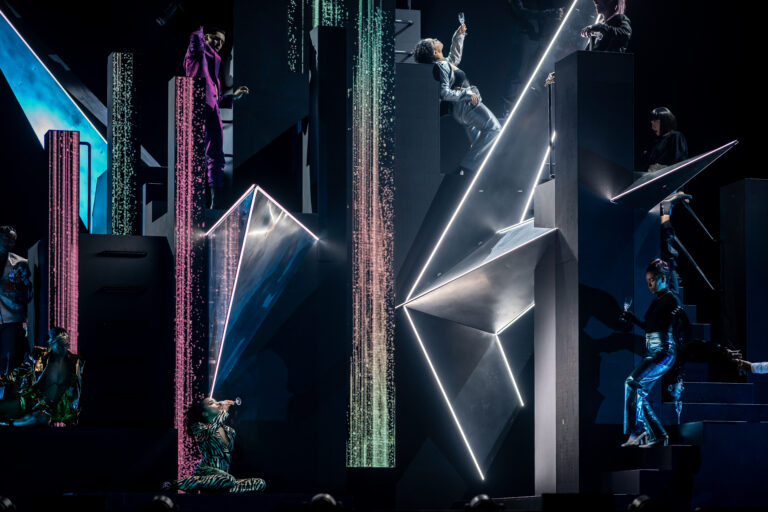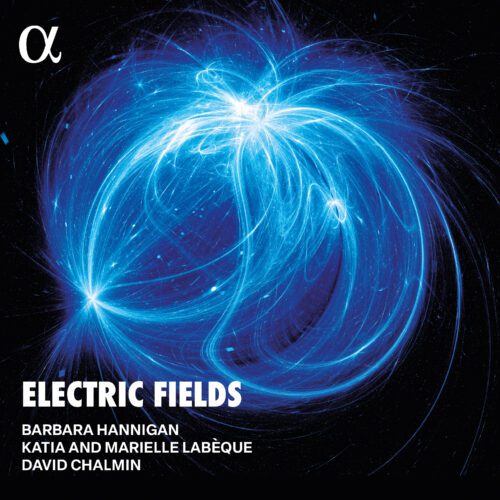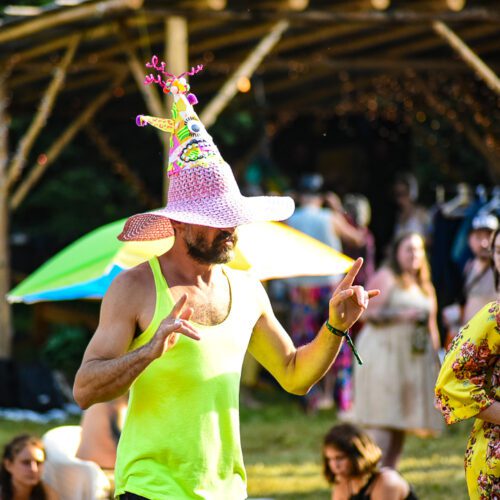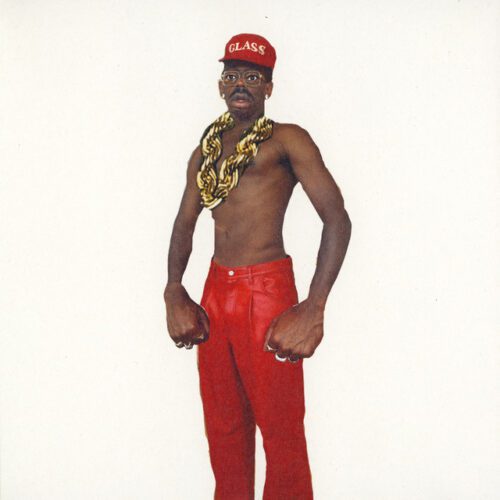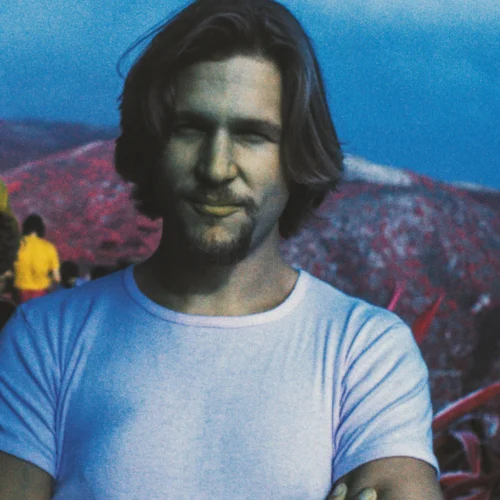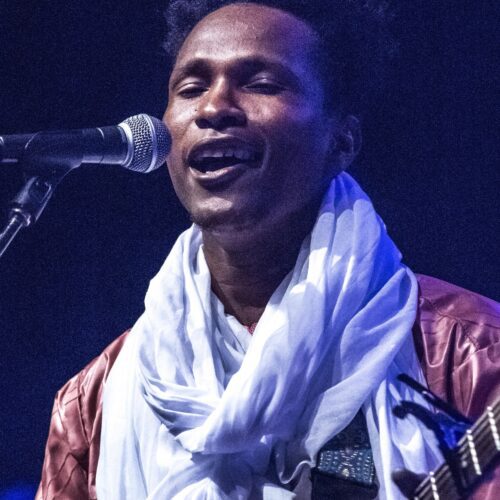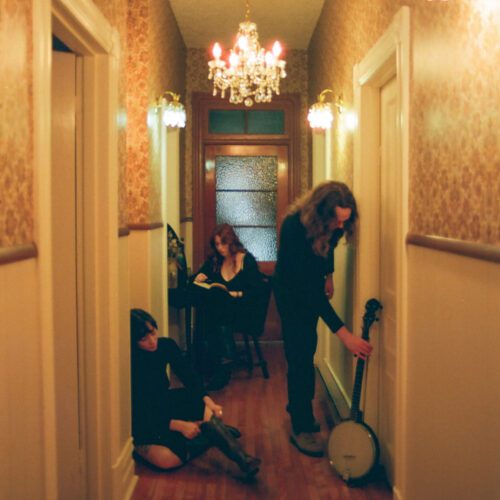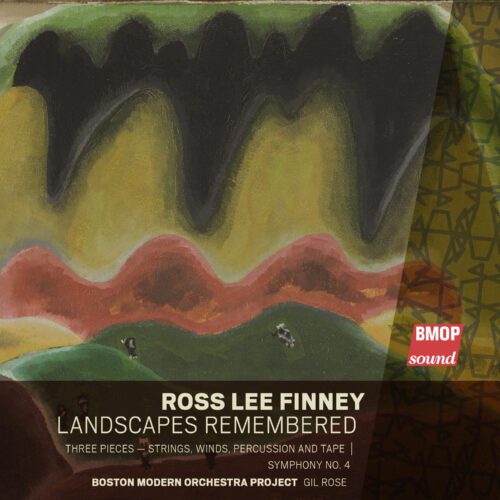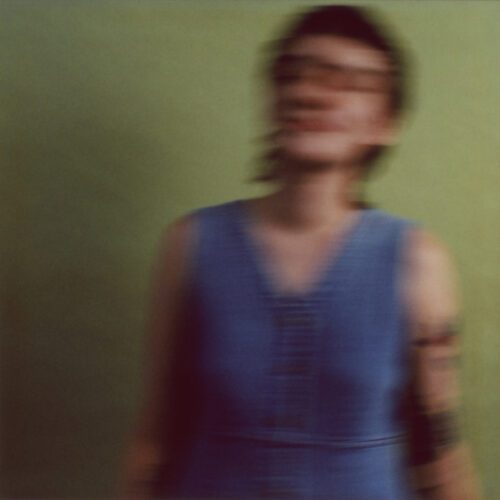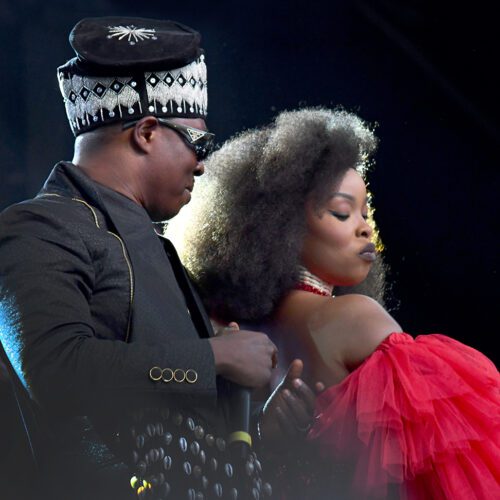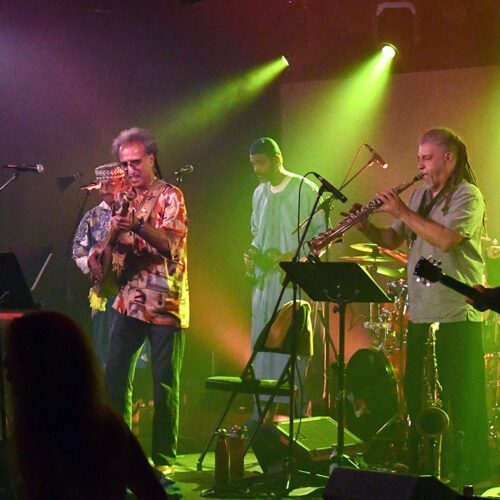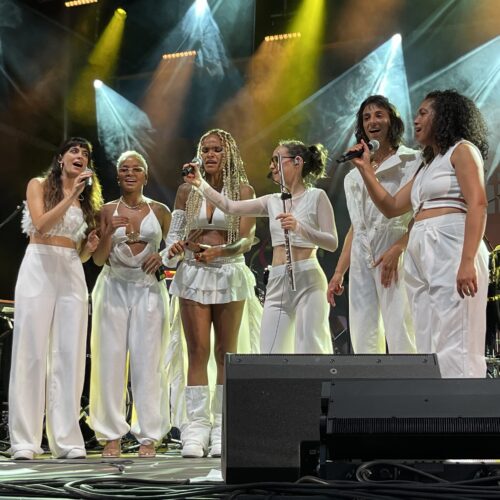In its latest incarnation, the hybrid postmodern rock opera created by Michel Berger and Luc Plamondon in 1978 is given a new lease of life thanks to a new reading of the libretto and a breathtaking staging.
At a time when bombs are raining down and terrorist attacks are multiplying around the world, when a character shaped by TV could once again become “president of the universe” with the help of a social networking tycoon, Starman’s dystopia is truer than ever.
Add to this a group of idle, violent zealots, a populace enslaved by fake news and nihilistic outsiders asking existential questions about the meaning of life and unconventional love, and you have all the ingredients that crystallize today’s society, represented by the intersecting destinies of eight characters, seven of whom will die in a metropolis of skyscrapers where people are obsessed with celebrity and radicalism.
“To propose a readable narrative, beyond the autonomous life that the songs have acquired in 40 years of success (…). To update this booklet, which is certainly visionary, but still very meaningful today, by working on the order of the songs, the transitions, and by bringing back a character who has disappeared since the first version (the guru)…”.
This was the aim of director Thomas Joly, the man behind the grandiose and provocative opening of the Paris Olympics, using a multimedia approach sometimes inspired by direct cinema.
In order to capture the emotional essence of the work, before the dazzling success of the various versions diluted it, whether by a note here or a tempo there, this new version was inspired by the handwritten score of the late Michel Bernholc, arranger of the original version.
From a visual point of view, thanks to ambitious machinery, flamboyant costumes and sophisticated, captivating light architecture, most of the songs that have accompanied our lives for decades are sublimated.
Most of them? It has to be said, some of the pieces seem duller than others, given the bouquet of immortals in the work, which can slow down the rhythm.
So, if the old-school author of these lines was sometimes looking with a certain nostalgia for Balavoine’s ardor in Quand on arrive en ville, or Dubois’ charismatic, mocking posture in the famous Blues du businessman, or Fabienne Thibault’s infectious despair in Le monde est stone, we have to face facts: today’s performers have more than held their own, and will no doubt leave their mark on younger generations just as their predecessors did, although we might have hoped for a greater tonal variety in the choice of female voices.
Despite this drawback and the acoustics that caused some of the rhymes to shatter in the arena that was originally Place Bell, this generous show, which lasts a good three hours (including a twenty-minute intermission) and features some thirty singers, dancers and musicians, proves in our eyes to be the ultimate version of this now cult rock opera.
Photo Credit: Anthony Dorfmann
